The Article
VINYL: IT HAS TO EARN THE RIGHT
19th January 2022
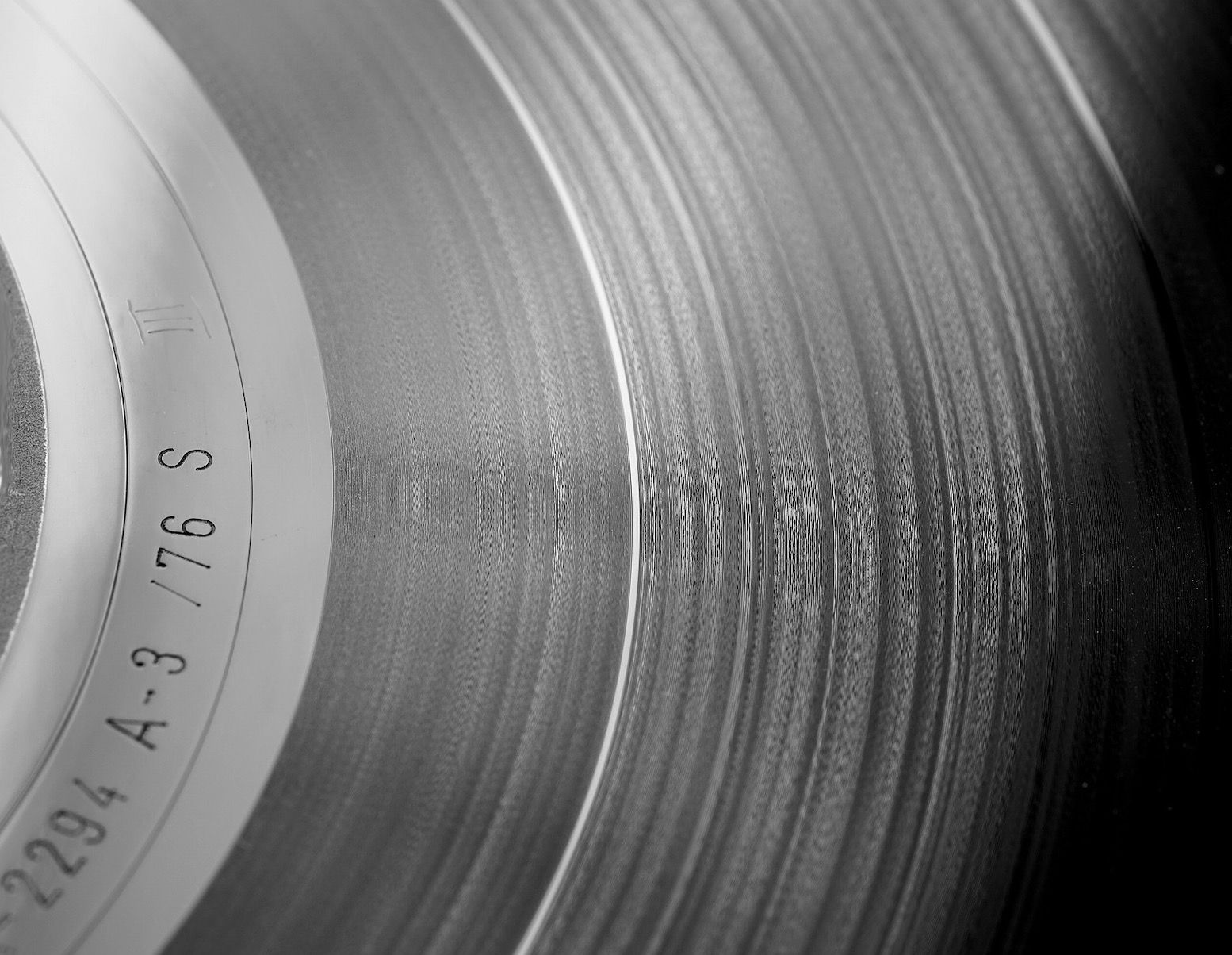
You’ve bought yourself a new or even second-hand piece of vinyl. You take it out of the sleeve. You place it carefully on your turntable. Flick a few switches, press a button or two. Sit down. Listen. Right? Not Paul Rigby. You see, Paul Rigby has a ritual
When you switch on your hi-fi. From that point. How long does it take until you’re actually sitting down, listening to your vinyl? Seconds? A couple of minutes? Fifteen, perhaps? More?
Me? Just over three hours. Quite a bit over, actually if I add it all up carefully.
Well, it does. And it doesn’t. Let me explain.
And let me expound too. Because many of you won’t agree or smile at all benevolently at my methods or even my reasoning. Some of you will laugh, shake your head and even advise a quick visit to the local Chemist for a rushed prescription. There will be others who will doubt my sanity. Certain individuals, even those who might agree with what I’m about to say, will declare that life is far, far too short to bother with all of my self-inflicted shenanigans.
The problem is, though, I’m trapped. Trapped by OCD, perhaps? Trapped by my own high standards, maybe? Trapped by being involved in this infuriatingly, pernickety, process-driven, detail-heavy, procedural, systematic hobby of ours? Oh yes. Certainly that.
So what’s all this about three hours then?
When a piece of vinyl first enters into my life, it has to earn its place within my collection. Especially if it wants to stay there.
It can’t just swan in, kick off its shoes, put its feet on the table and airily wave its hand in the air and demand a beer, you know. It has to work for a place on my shelves.
In my world, vinyl has to pass through a ritual akin to joining the Masons. New or old, looked after or not, bought from a record shop or car boot, in the Degritter ultrasonic cleaner it goes.
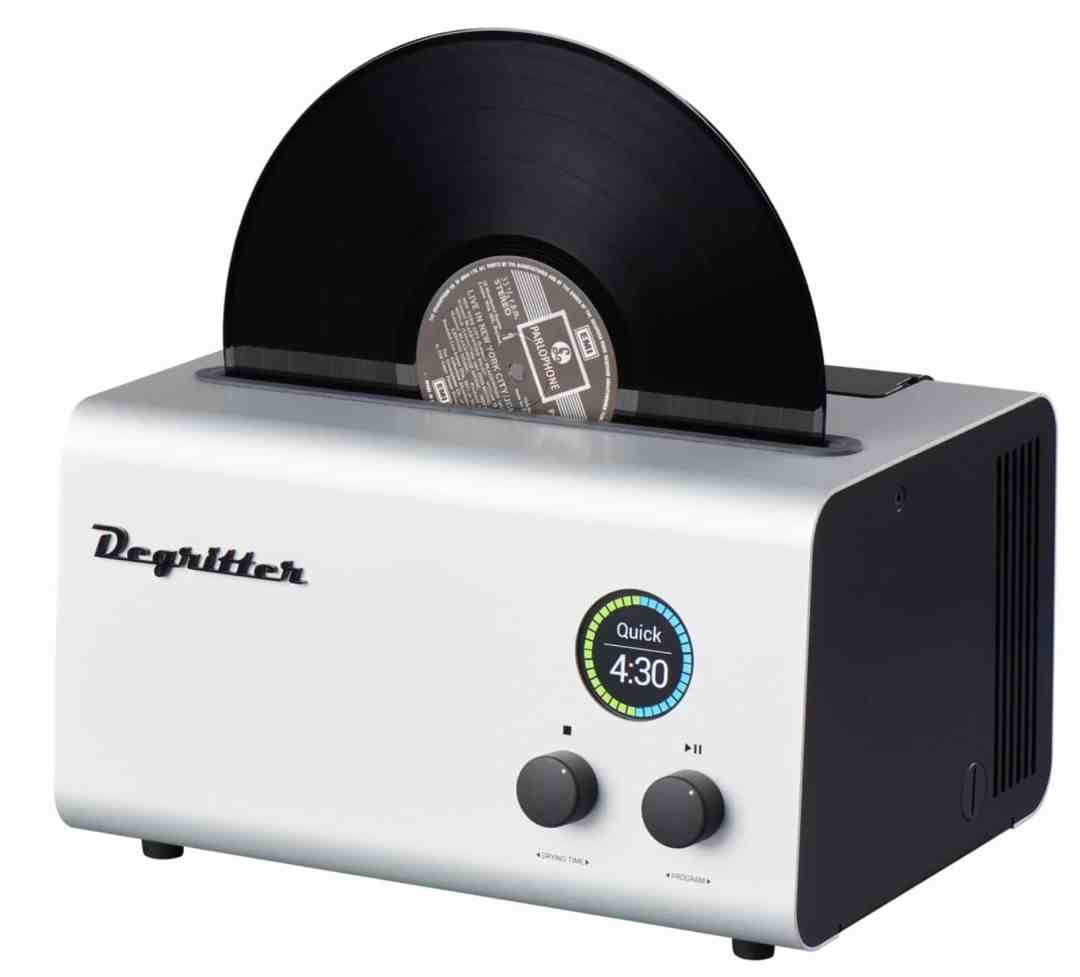
Only an ultrasonic cleaner provides a cleaning action efficient enough to remove muck and grime, that has been stuck and caked onto grooves. More than that, only an ultrasonic cleaner has the attritional ability to actually remove the hardened oils naturally leached from within the actual vinyl during pressing. It’s the attrition that makes the difference. No other vinyl cleaner on the market offers such a balanced level of consistent yet gently persistent attrition as part of its cleaning make up. Ironically, the only other cleaner that comes even vaguely close is the manual cleaner, the cheap and cheerful goat hair brush-bedecked, Disco Antistat.
It’s hardened oils that do more sonic (as opposed to physical) damage than any dust and any grime you might care to mention. Manual cleaners have major trouble with it, RCMs are hopeless.
Ever seen an archaeologist working on a partially exposed piece of pottery? Something on the TV? The popular programme, Time Team, is one common broadcast which loves to offer such close ups. Ever seen them reveal some detail by dusting first? Then they have to tackle the harder soil around it? RCMs – to coin a metaphor – are good at removing the dust. They can’t remove the soil. An ultrasonic cleaner can do both.
One of my ultrasonic cleaning cycles lasts for 15 minutes, on average. Why 15? Because I need to apply a surfactant directly to its surface and then make sure it gets into the grooves. That takes time and effort. Then I need to run the ultrasonic machine for its maximum cycle length. On average? Fifteen minutes.
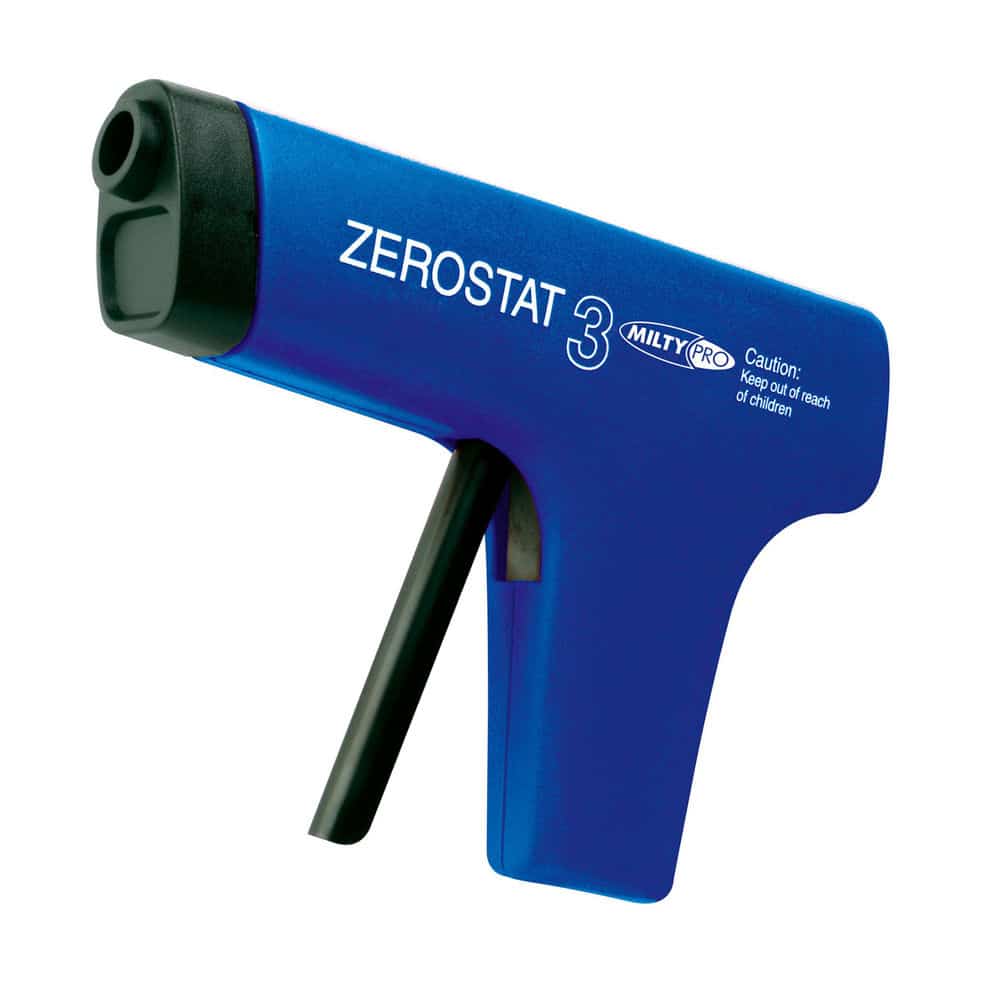
Then I have to repeat. Six cycles in all plus a rinse. That’s over an hour and a half per record. Now that gives my vinyl record a ticket to my collection. It’s a one-off thing. When the intensive clean has been completed, I only need to give my vinyl album a quick ultrasonic clean every what, 10 plays or so? That will take a couple of minutes.
So, as you can see. The three hours (plus) I mention above is hardly consistent to every listening session.
And why do I do the above? Why do I put myself through it? Because it produces sonic improvements. I know, I’ve spent years testing each and every stage of this cleaning regime. As I say, you may disagree. And that’s fine. But that doesn’t help me, ol’son. Thing is, now I know the difference all of the above makes, I can’t go back. If all I did was a quick surface wipe of a velvet brush and then sat in my chair to listen to my vinyl, I wouldn’t be able to take it. I couldn’t relax. I’d fidget and drum my fingers on the chair arm. I would notice every sonic issue, large and small, cropping up every…single…second of the play back. I’d go mad. Because, well, because I know.
So that’s the cleaning.
Then there’s the warming up. Now my hi-fi is beset with valves. My hi-fi has more glass in it than your local pub. So I give everything 45 minutes to warm. That includes my speakers. I normally do this with a CD player because a side of vinyl isn’t long enough. I switch on, then walk away and do other things like make a coffee and let everything stretch and yarn.
Oh and one critical warming-up note? I warm up the cartridge before play too. I let it run for one side of a vinyl LP before settling in to listen. It completely changes the character of the sound for the better.
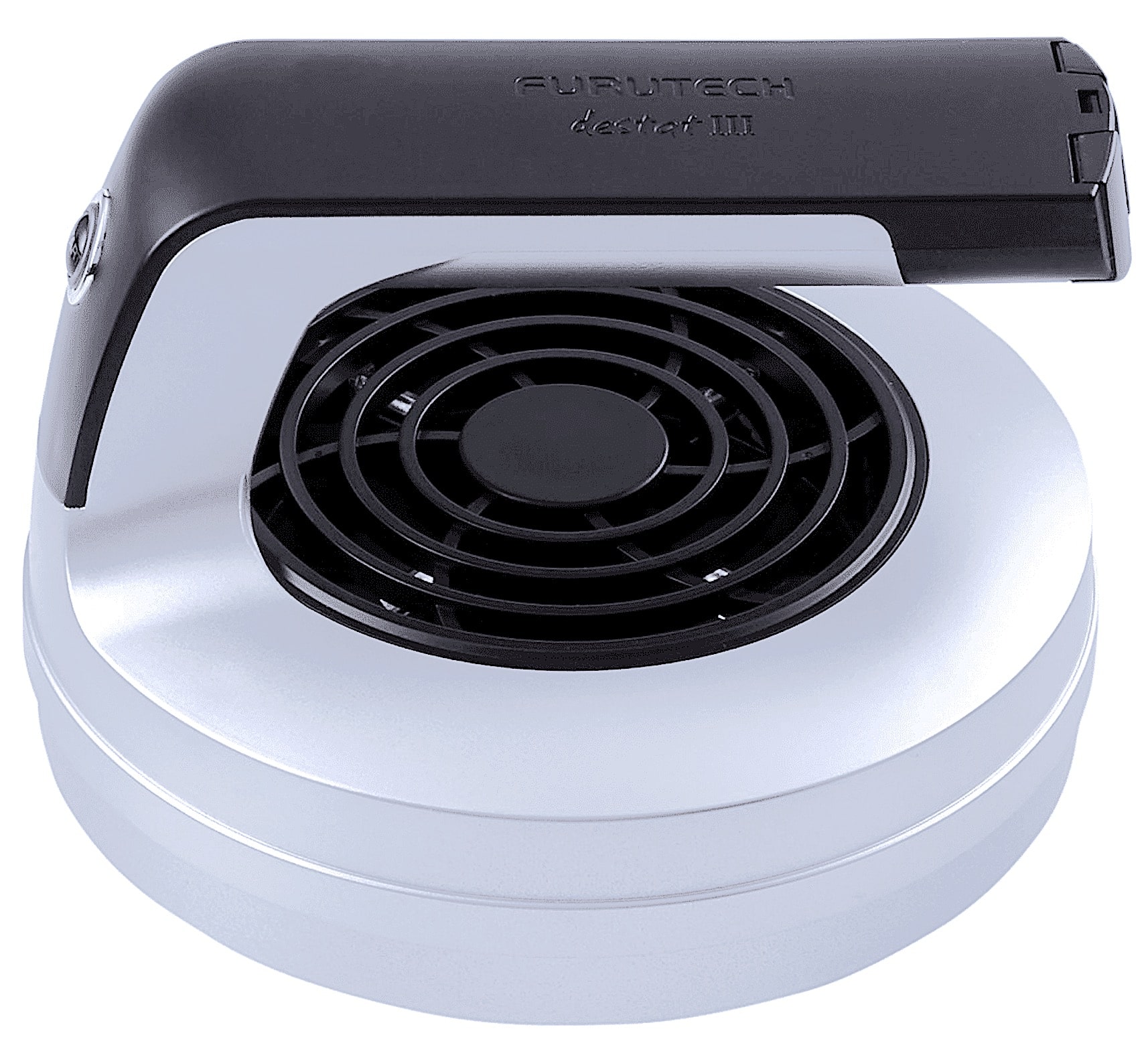
Finished? Oh no. There’s more. I place my vinyl LP on a Furutech Demag. I have the older Mk.I version. I press the Demagnetise button once then I flip the LP and repeat for the other side to lower the noise floor.
I could, if I really wanted to, repeat this cycle half a dozen times because I have heard steady improvements during that time (the improvements reduce during turns four to six but even so). I resist the temptation, though. Even I have my breaking point.
Onto the turntable goes the vinyl. Then I take my Furutech DeStat III to remove static. The Milty Zerostat reduces static. The DeStat III actually removes it. All of it. That improves sound by also lowering the noise floor still further.
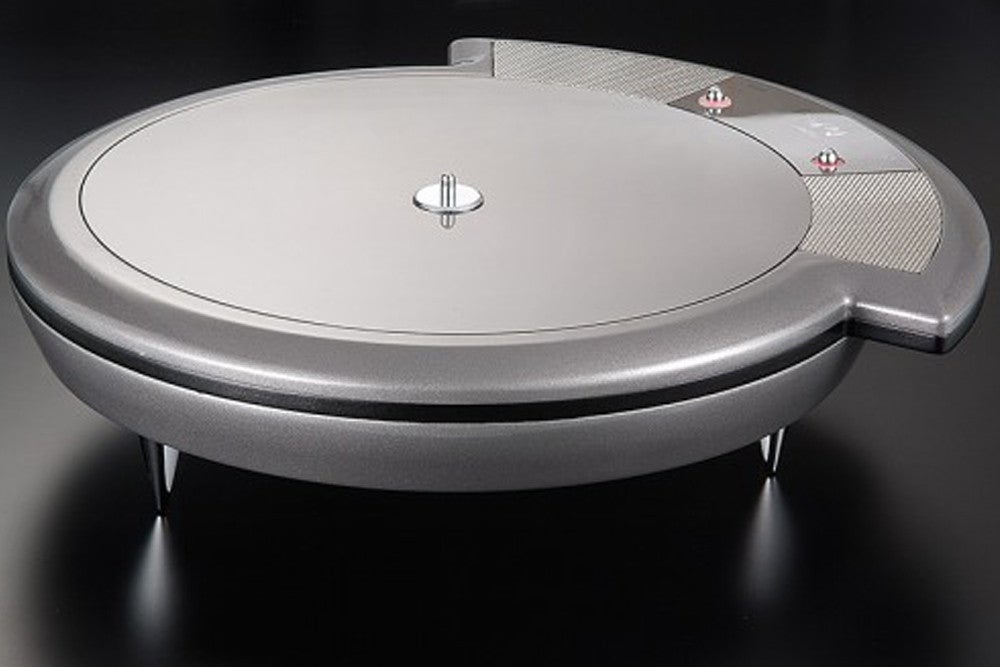
There are static hotspots on a belt-driven turntable: the pulley, outside of the platter where the belt moves and the spindle. Again, I know this because I’ve done the research and have measured the static with an actual static meter.
I give each area a direct blast with the DeStat III. Because I use valves, I also give the output valves on my amplifiers in particular a blast too (output valves are covered with static which raises the noise floor). That means each of my valve monoblocks and my valve phono amp. Another three cycles then.
Now? Well, now I need a shave because my beard has grown by a foot and a half, during all of this time.
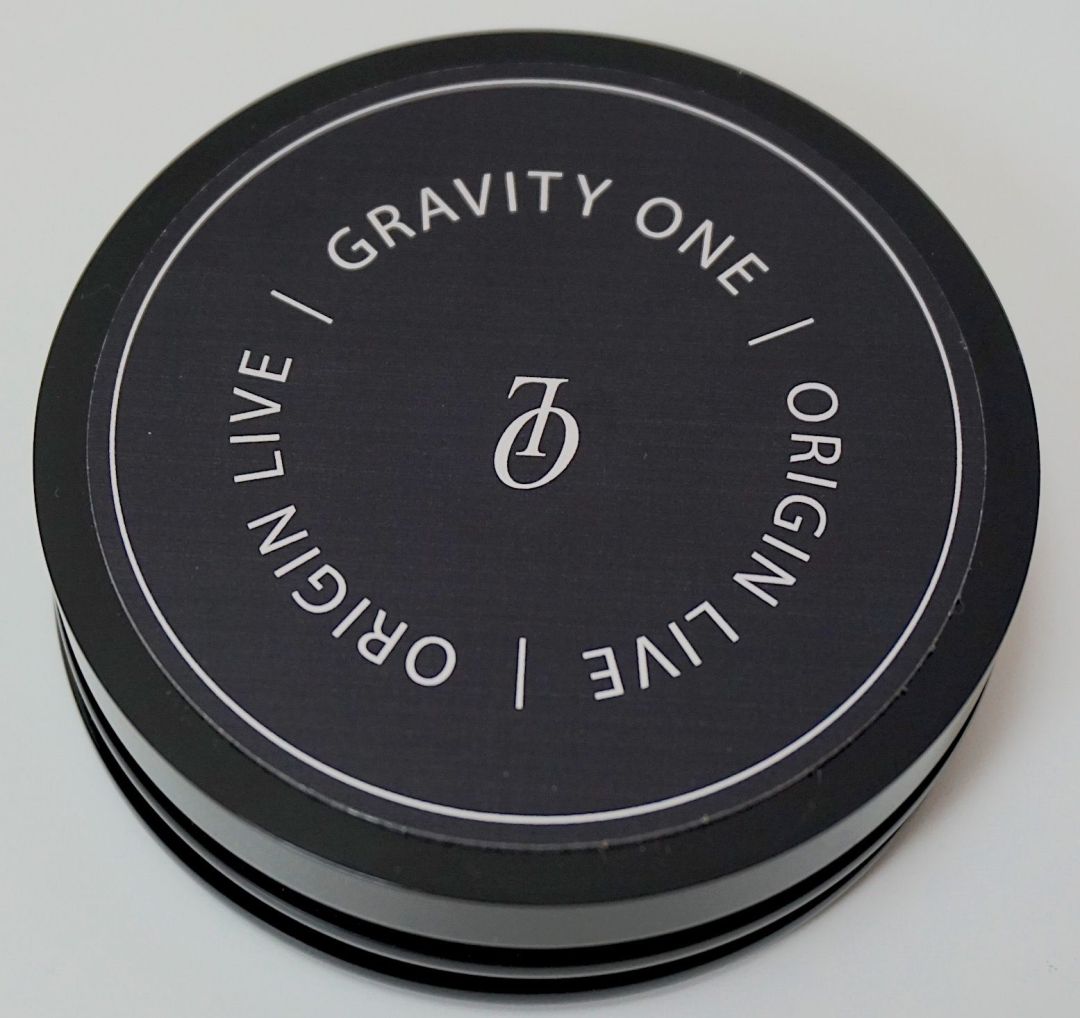
Then I put a noise-lowering Gravity One from Origin Live on the spindle (there to lower noise again: its not a stabiliser or a clamp), check that the stylus is clean, make a new coffee because the old one has gotten cold by now and I’m good to go.
They say a little knowledge can be a dangerous thing. Sometimes a lot of knowledge can be damaging to one’s health.
Crazy? Me? Quite possibly. But look, let me ask you a question. When was hi-fi, as a hobby, ever the pursuit of a sane person?





Warming up the cartridge is new to me, though I had kind of noticed that the second side of the first LP often seemed to sound even better than the first side. (I have a MusicMaster moving iron cartridge.)
You write here using the Degritter “Then I have to repeat. Six cycles in all plus a rinse.” In the original review of the Degritter you write “I moved from one cleaning cycle to a whopping five.” Have you now increased from five to six?
I have gradually invested in everything you recommend here (apart from the demagnetiser), and the sound improvements are staggering. Thank you so much for all the work you put into this.
Glad I could be of help Patrick and yes, I’m up to six (although I sometimes keep it at five for new LPs) – I think the tablets ran out at that point.
I have only recently returned to vinyl but I too am very ocd about things and as I read this article I was…. That’s me all the way. I get so entrenched in the details but unlike you I do not have the gadgets to eliminate many of the issues we face and so, I live in dispair, drumming my fingers and pondering what or how to eliminate this and that. Then I think, I will visit Paul’s site, he will know, and sure enough the information is there glaring out at me is the solution but it requires yet another ¬£300…. Why is almost always ¬£300 to combat the problems, apart from the degritter which is both kidneys a remortgage and a bridging loan. I have the answers now and the enthusiasm but lack the means to eliminate my frustrations. Nonetheless, thank you so much for your incredible insight and complete information. All the best.